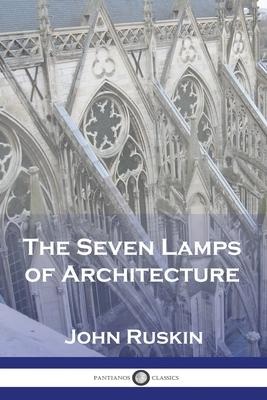Ruskin's respected treatise on architectural methods and style is presented here complete, with all of the original edition's images.
Writing in the 1840s, John Ruskin set out his architectural beliefs. A man of deep religiosity, Ruskin was convinced that Gothic architecture was at the very height of beauty and achievement in building design. Even during his prime, Ruskin had opponents who felt his staunch, traditionalist take on structural architecture confining.
Despite Ruskin's views, this book acts as a well-informed and detailed history of architecture as it stood in the mid-19th century. The Seven Lamps of the title describe seven principles which Ruskin viewed should be reflected in a building: Sacrifice, Truth, Power, Beauty, Life, Memory, and Obedience.
We find within this edition illustrations of the structures and flourishes which Ruskin admires most. His opinions on certain newer designs of the industrial era, and the painstaking restoration of ancient artworks, may be summed up in a single word: desecration.
Despite the author's stark views and ornate style, for its context The Seven Lamps of Architecture is a worthy edition to the library of architects and enthusiasts of design. A particular strength from a historic viewpoint is Ruskin's discussions of the material contrasts and conflict between traditional design and newer forms, together with his sometimes apt phrasing:
"Architecture is the art which so disposes and adorns the edifices raised by man...that the sight of them may contribute to his mental health, power, and pleasure."
